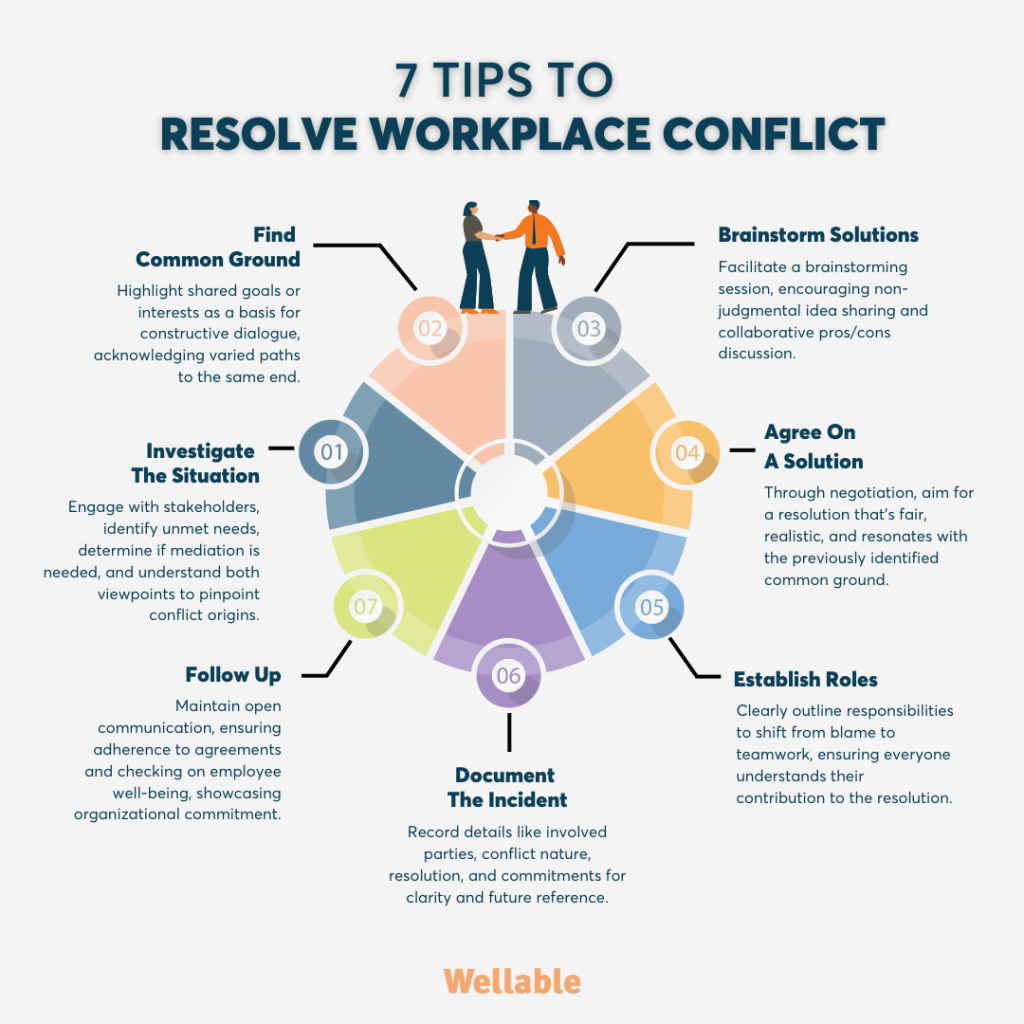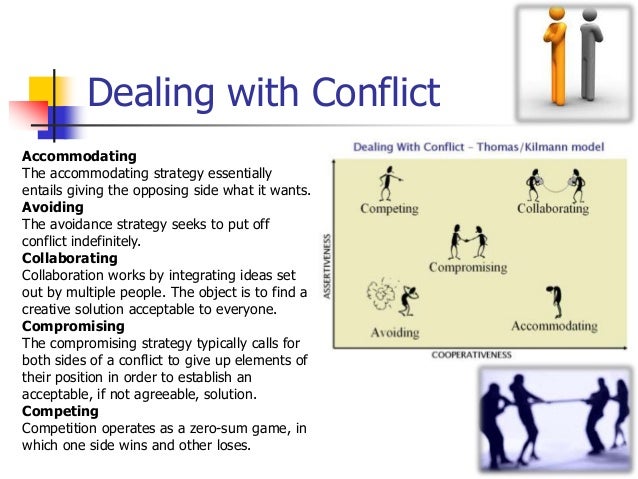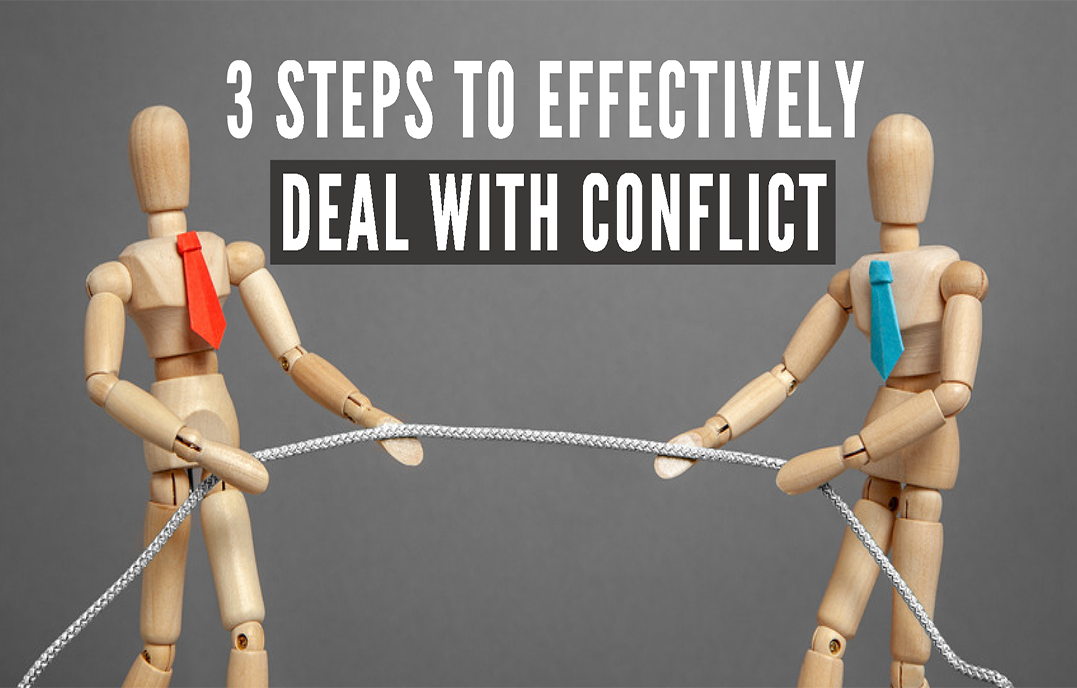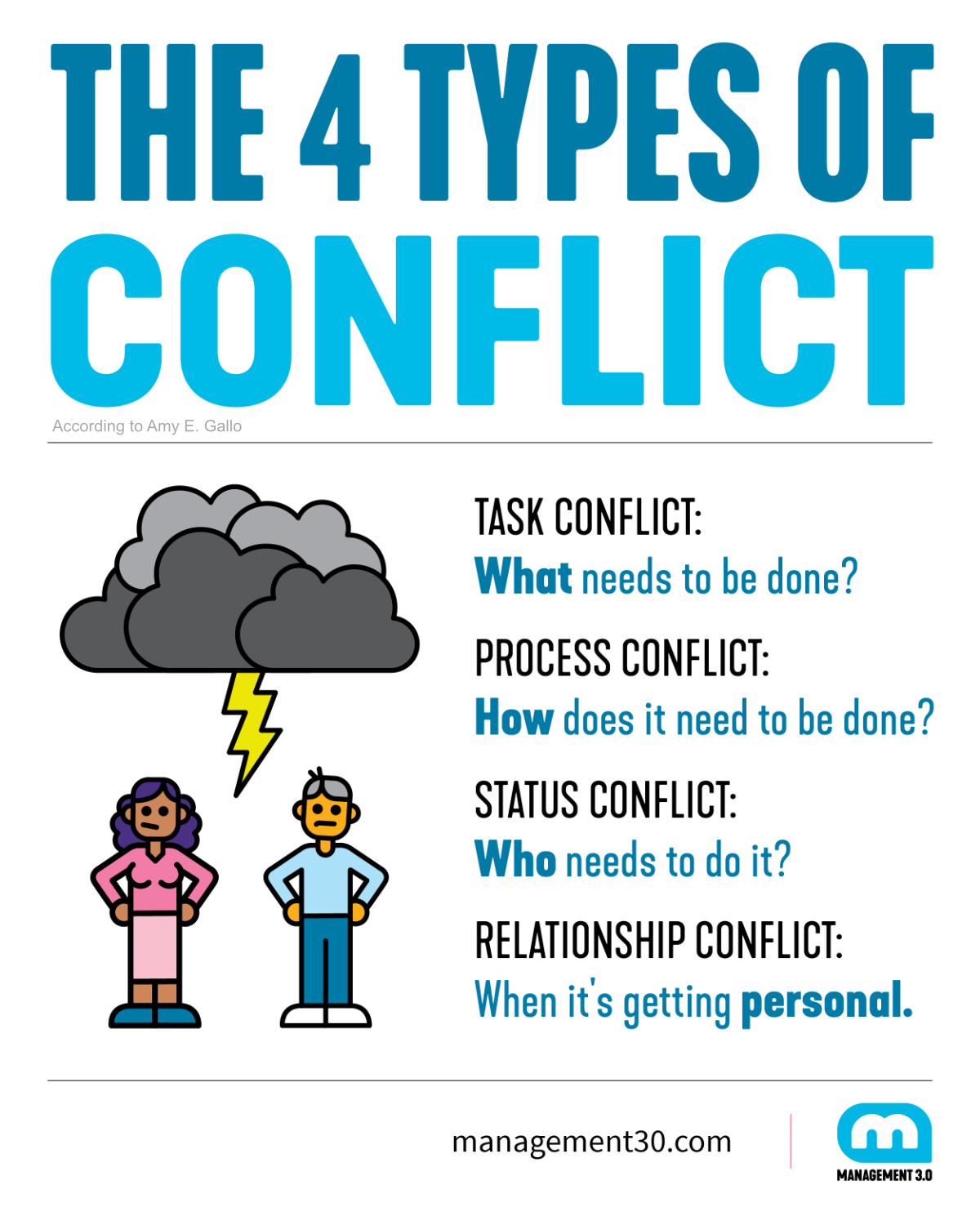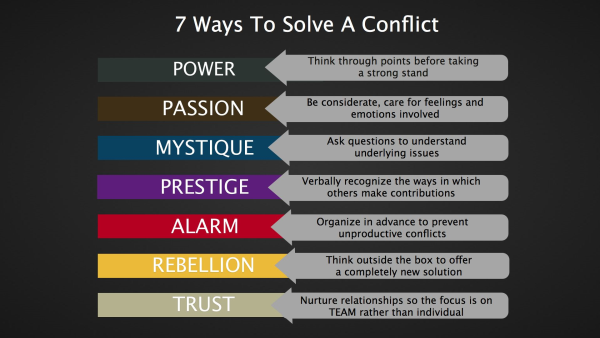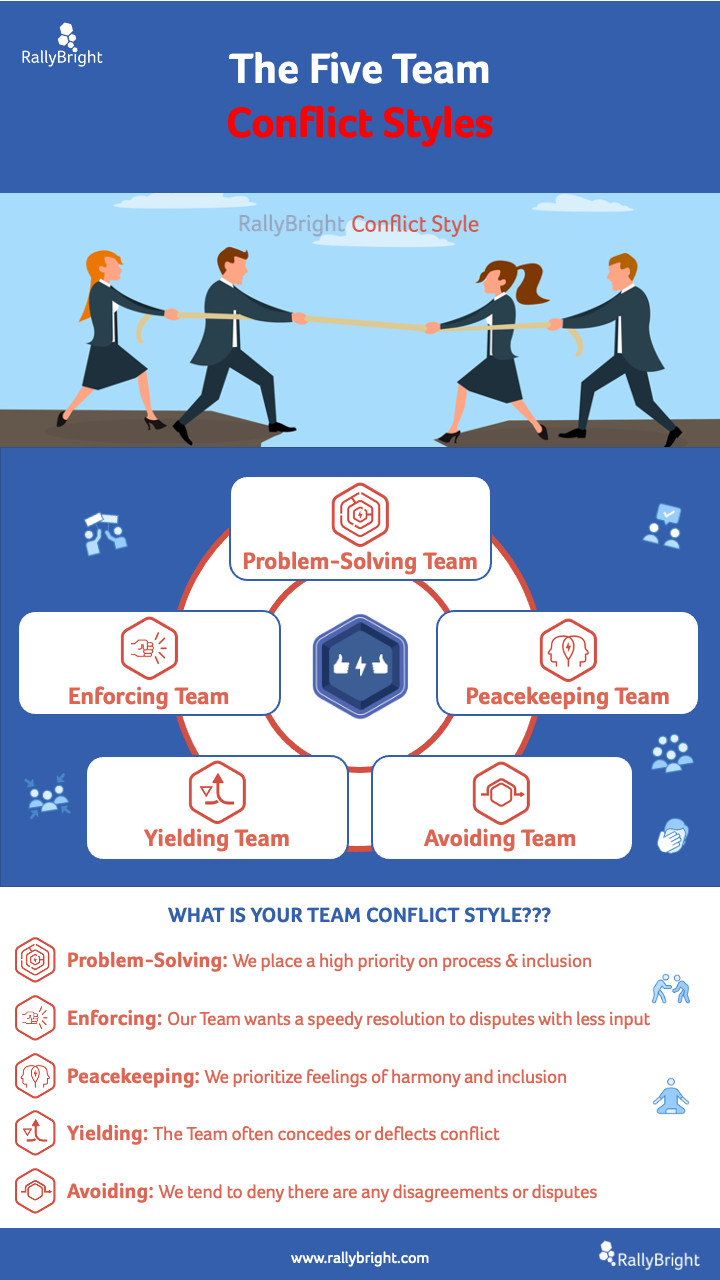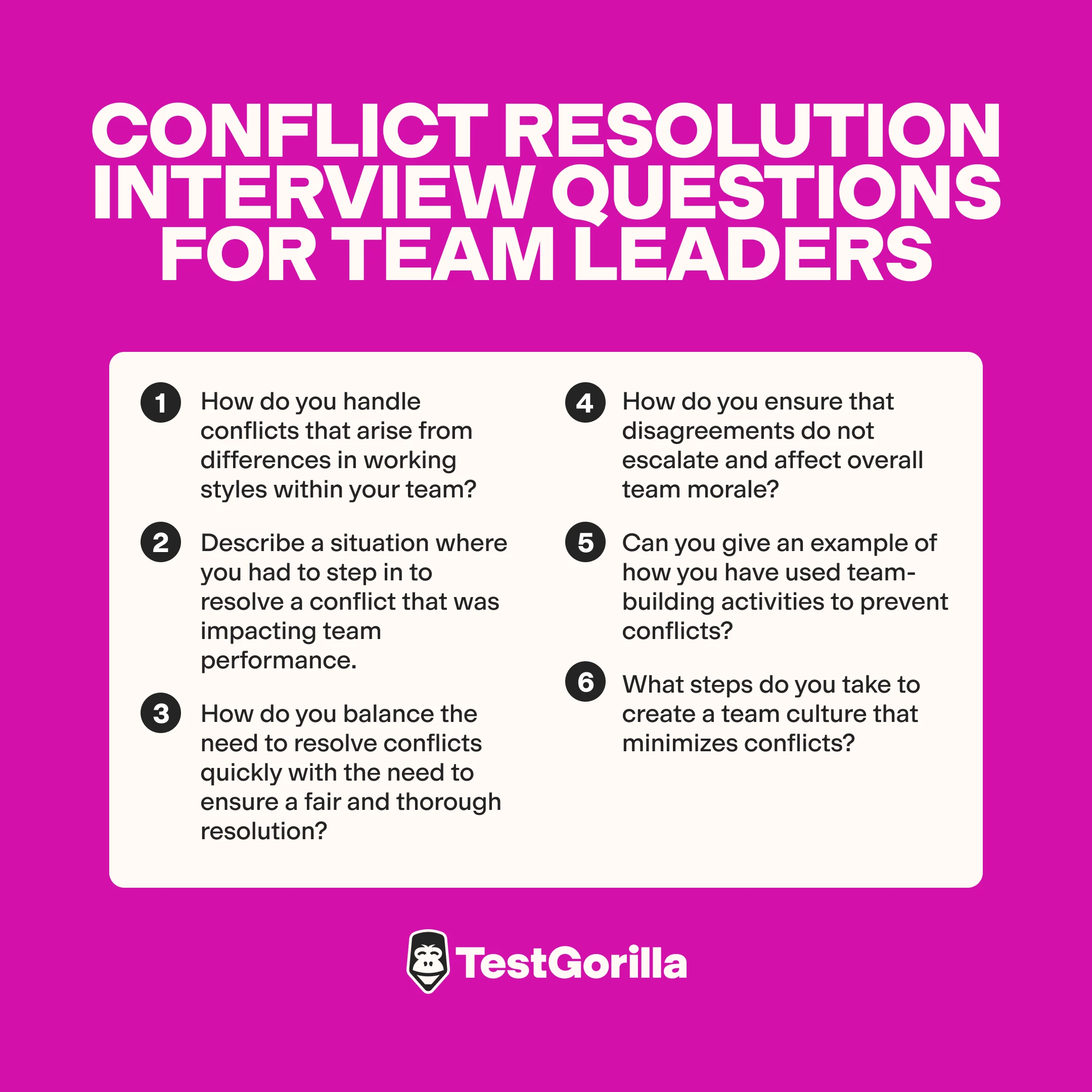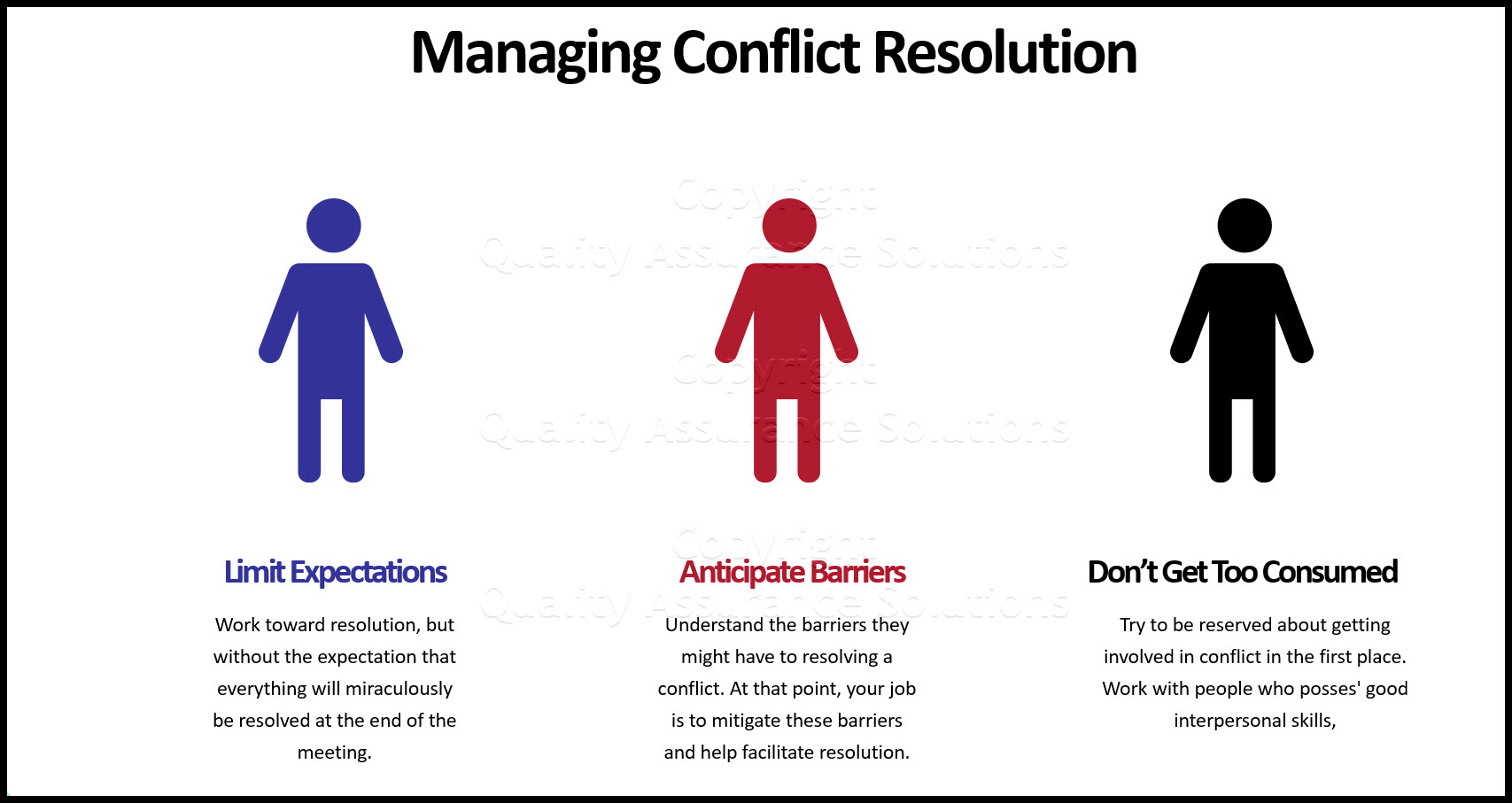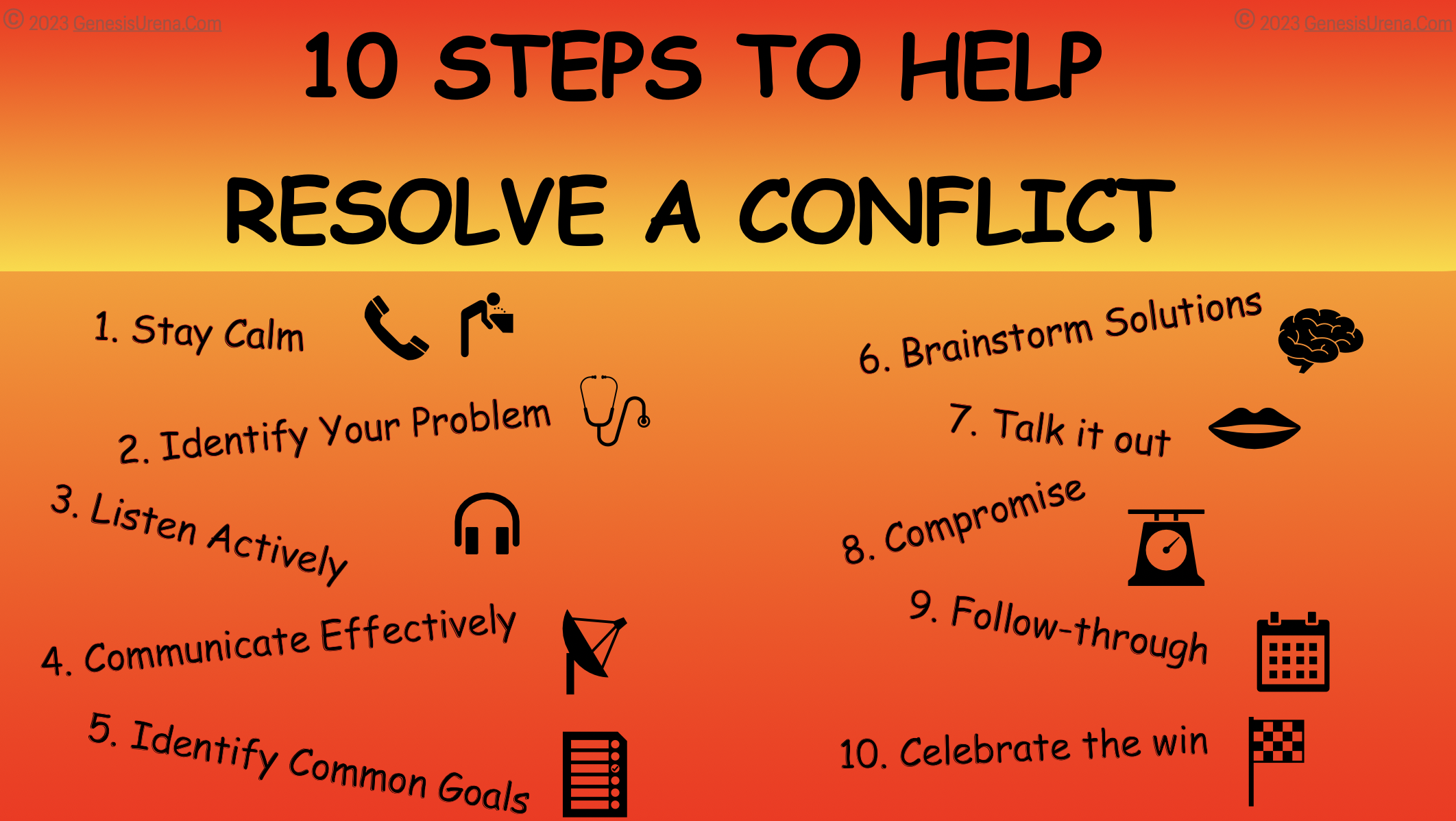How To Deal With Conflict In Your Team
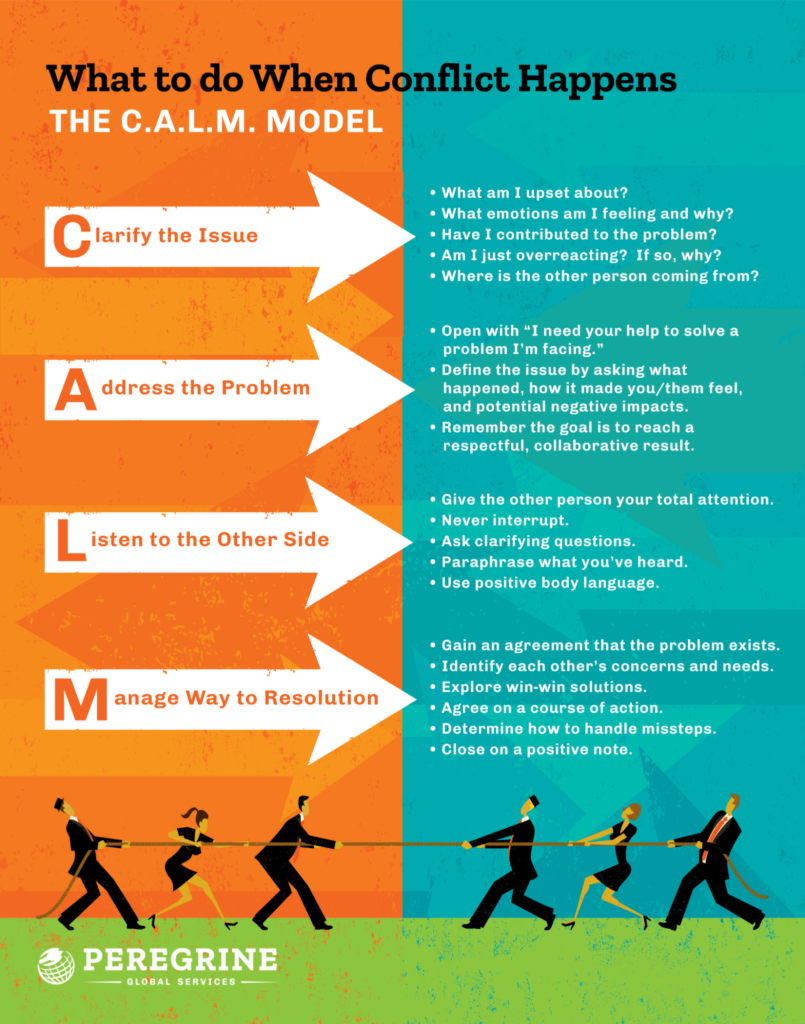
Team conflict, an inevitable part of collaborative work, can either cripple productivity or, surprisingly, foster innovation. Learning to navigate these disagreements constructively is a crucial skill for any team member or leader.
This article explores proven strategies for managing team conflict effectively, drawing on expert advice and real-world examples. The goal is to provide practical guidance that transforms potentially damaging clashes into opportunities for growth and improved team dynamics.
Understanding the Roots of Conflict
Conflict within teams rarely arises without underlying causes. Often, it stems from differing communication styles, competing goals, or a simple lack of clarity about roles and responsibilities.
The Thomas-Kilmann Conflict Mode Instrument (TKI), a widely used assessment tool, identifies five distinct conflict-handling styles: competing, collaborating, compromising, avoiding, and accommodating. Understanding these styles can help team members better recognize and address conflict situations.
Communication is Key
Open and honest communication is the cornerstone of effective conflict resolution. This means creating a safe space where team members feel comfortable expressing their opinions and concerns without fear of judgment or retaliation.
Actively listening to understand the other person's perspective is crucial. Avoid interrupting or formulating your response while the other person is speaking. Instead, focus on truly hearing and acknowledging their point of view.
“Effective communication involves active listening, empathy, and the ability to clearly articulate your own perspective without resorting to accusatory language," states Dr. Emily Carter, a leading organizational psychologist at the University of California, Berkeley.
Establishing Clear Guidelines
Preventing conflict is often easier than resolving it after it has escalated. One effective strategy is to establish clear guidelines and expectations for team behavior.
This includes defining roles and responsibilities, setting clear goals, and outlining procedures for making decisions. Documenting these guidelines in a team charter or operating agreement can help prevent misunderstandings and disagreements.
Regular team meetings can also provide a forum for addressing potential conflicts early on. These meetings should be structured to encourage open discussion and feedback.
Mediation and Intervention
In some cases, conflict may require intervention from a neutral third party. A mediator can help facilitate communication and guide the team toward a mutually agreeable solution.
The mediator's role is not to take sides but to help the parties understand each other's perspectives and identify common ground. According to the American Arbitration Association, mediation is often a more cost-effective and less time-consuming alternative to formal dispute resolution processes.
If mediation is not successful, or if the conflict is particularly severe, it may be necessary to involve management or human resources.
"When dealing with persistent conflict, it's important to remember that resolution is not always about winning or losing, but about finding a way to move forward collaboratively," says John Smith, a senior HR manager at Acme Corporation.
Embracing Conflict as an Opportunity
While conflict is often viewed negatively, it can also be a catalyst for innovation and growth. When managed effectively, conflict can challenge assumptions, spark creativity, and lead to better decision-making.
By embracing conflict as an opportunity for learning and improvement, teams can develop a more resilient and adaptable culture.
Encourage team members to see disagreements not as personal attacks but as opportunities to explore different perspectives and find innovative solutions. Create a culture where constructive criticism is valued and respected.
Conclusion
Dealing with conflict in a team is an ongoing process that requires commitment, patience, and a willingness to learn. By fostering open communication, establishing clear guidelines, and embracing conflict as an opportunity for growth, teams can transform potentially destructive disagreements into valuable opportunities for improvement.
The key is to create a culture where conflict is addressed proactively and constructively, rather than being avoided or suppressed. This will not only improve team performance but also foster a more positive and collaborative work environment.

